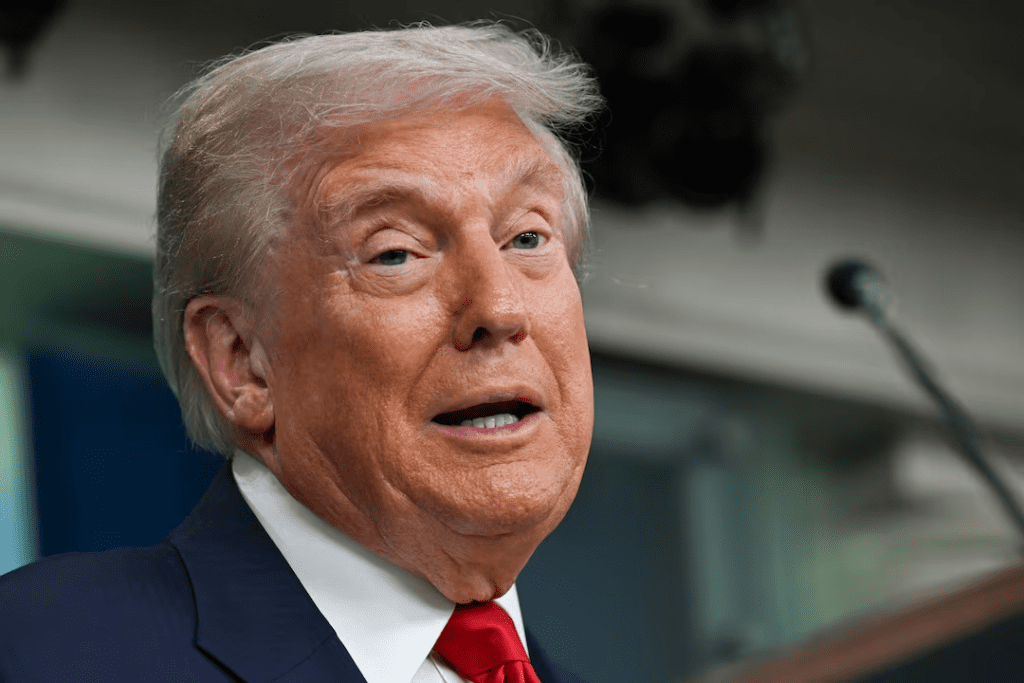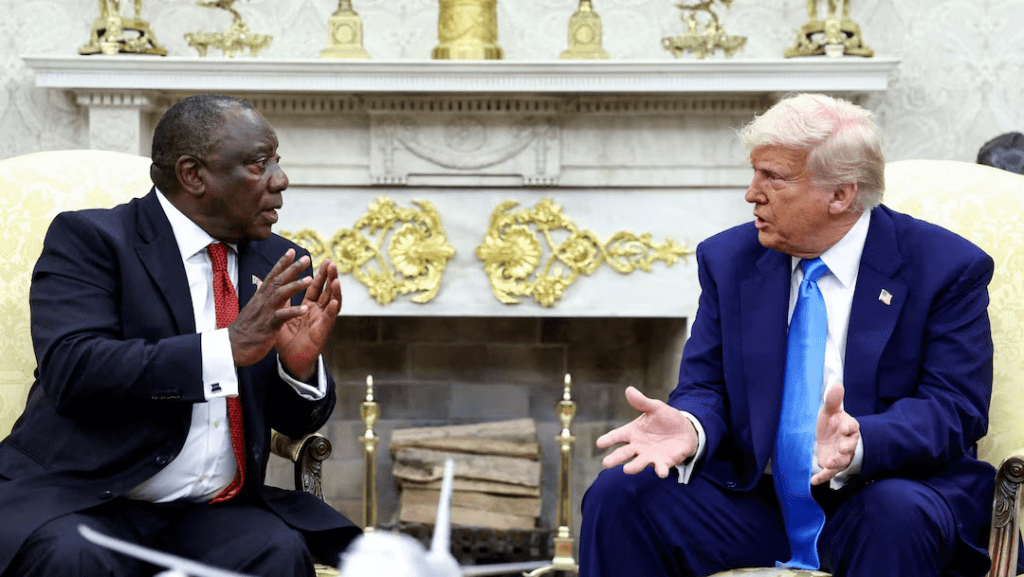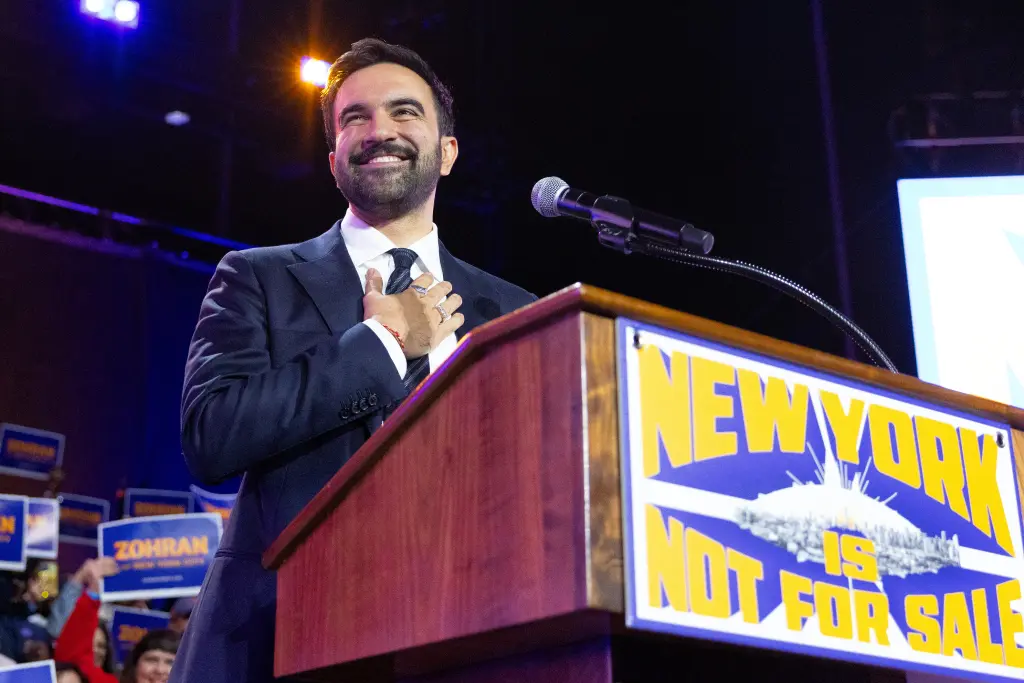Exclusive: Trump eyes radical overhaul of refugee policy — English speakers, persecuted South African farmers, Europeans get front of the line
In a sweeping and controversial turn, the Trump administration is reportedly preparing to overhaul the U.S. refugee system in a way that would sharply cut numbers while prioritizing certain groups—English speakers, white South African farmers, and Europeans persecuted for dissent—over the traditional criteria of war, persecution, and humanitarian need. According to reporting, key proposals include direction for applicants to take classes in U.S. history, values, and cultural norms, along with stricter assessments on how well they might assimilate into American society. While none of these ideas have been formally adopted, they reflect a bold new direction that President Trump and his allies are quietly pushing.

The New York Times first reported that officials have floated the notion of placing a premium on English speakers, persecuted South African farmers, and Europeans targeted for political expression—especially those opposing mass migration or supporting populist movements. The documents suggest that cultural fit and ideological alignment may become central to who gains access to refuge. Critics warn it could shut out desperate applicants from conflict zones like Ukraine, Gaza, or parts of Africa who lack fluency in English or the kind of background the proposals favor.
On the refugee numbers front, Trump is said to be considering reducing annual admissions to as low as 7,500 for the 2026 fiscal year—a drastic drop from the 125,000 cap under Joe Biden, or even the 40,000 figure previously under review. Sources familiar with internal deliberations say that most of the slots under the new plan could be reserved for Afrikaners, a white minority in South Africa. Reuters reports that officials are weighing an internal split in which about 30,000 slots are allocated to white South Africans, in one version of a proposed cap around 40,000. But as deliberations continue, the more hard-line 7,500 figure is gaining traction.

Already, the Trump administration has acted. Earlier this year, Trump barred nearly all refugee admissions through an executive order on his first day in office. He then carved out an exception for white South African farmers, particularly Afrikaners, arguing they face discrimination and violence. The first group of around 50 to 60 Afrikaners were flown into the U.S. in May 2025—welcomed at Dulles Airport by top officials. South Africa’s government strongly condemned the move, rejecting claims of systemic persecution.

Supporters of this shift argue that America must regain control of who enters its borders and that refugee policy should align with national interests—not merely liberal notions of open-door charity. They view the new emphasis on language, cultural compatibility, and ideological alignment as both practical and sustainable. In this view, the U.S. has the right to choose among people seeking refuge, and that choice should favor those most likely to assimilate and support American values.

Yet opponents say this approach threatens to undermine the very foundation of the refugee system, which has long been rooted in humanitarian protection. They argue that privileging race, language, or political beliefs over need will exclude the most vulnerable. Many fear that lowering the cap and reserving the few slots for a narrow demographic group may leave entire nations of persecuted people with no path to safety. Organizations in the refugee space warn that America’s moral leadership and global commitments could suffer serious damage.
Legal and procedural questions loom large, too. Under U.S. law, refugee determinations and caps must be notified to Congress, and changes cannot violate international obligations. Some observers note that the administration’s timeline for consultation with Congress may already be in jeopardy, especially given recent government shutdowns and internal disputes. In addition, the fact that the white South African resettlement program has already been moving ahead—while other refugee admissions remain blocked—raises concerns of selective implementation and favoritism.

Beyond policy mechanics, the emotional stakes are profound. For families in war-torn regions or persecuted minorities globally, this shift could mean the difference between escape and indefinite limbo. To those who support Trump’s vision, it means a reassertion of sovereignty, cultural coherence, and national priority. The tension between compassion and control is playing out in dramatic fashion.

Trump’s proposed refugee overhaul is not yet law—and given its stakes, fierce debate is inevitable. But it already signals a redefinition of America’s role in global refugee protection: from indiscriminate acceptance to selective shelter, from quantity to quality, from aid to alignment. Whether it becomes a cornerstone of U.S. policy or collapses under legal and moral pressure, the coming months will test not only the administration’s ambitions, but America’s identity as a refuge for the oppressed—or only for the ideologically preferred.



